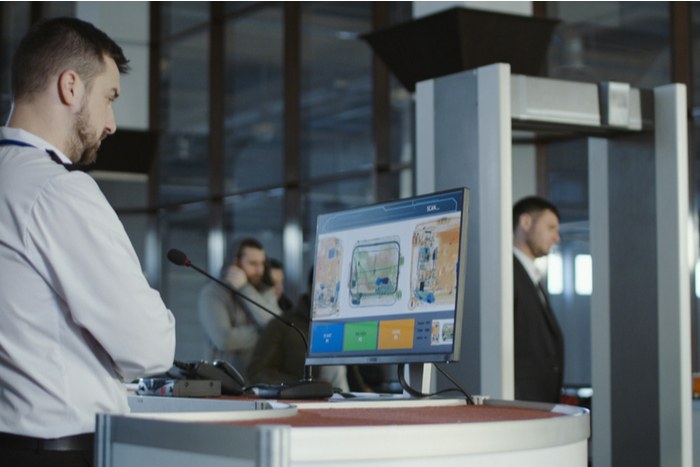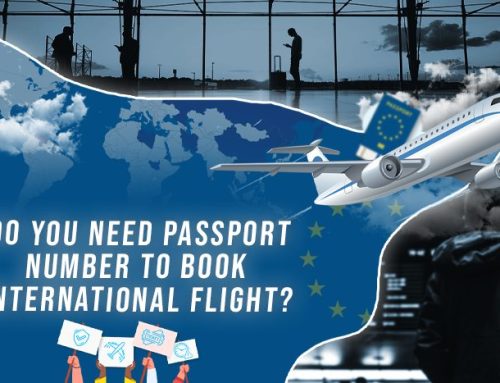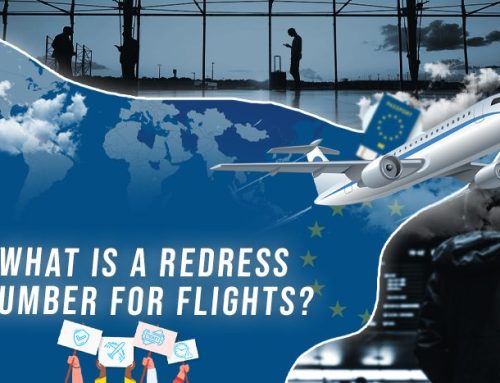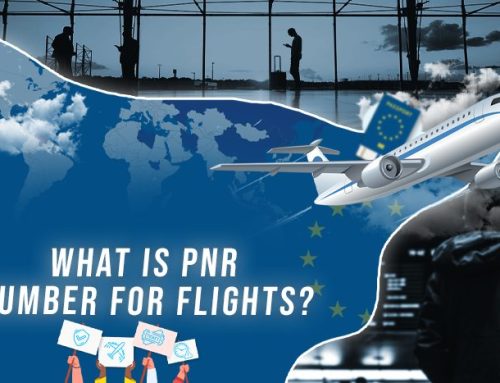Airport security continues to evolve every day. New scanners and technology are implemented on an annual basis to cut down on wait times and make finding illegal contraband much easier. It’s highly improbable that anyone will be able to sneak something past security whether it be weapons, drugs, or even bowling pins. But how can they tell if you have these items on you? If drugs aren’t metal, then how does security detect them?
Key Takeaways
- While airport scanners themselves cannot detect drugs, they can detect the presence of objects that may indicate the presence of drugs.
- There are different types of scanners used in airport security, including millimeter-wave scanners, x-ray scanners, and luggage scanners. Each scanner has its strengths and weaknesses in detecting illegal items.
- Airport security continues to evolve and implement new technologies to cut down on wait times and make finding illegal contraband, including drugs, easier. These measures are put in place to ensure the safety and security of passengers and staff.
Can Drugs Be Detected?
Technically speaking, no, drugs cannot be detected by the scanners – at least, not yet. However, the scanners do make it incredibly easy for the drugs to be spotted by the security personnel who have been trained to find the illegal contraband. Whenever you go through airport security and you have to put your carry-on bags on a conveyor belt, take out your laptops and electronics, and then walk through a scanner, this is where any drugs or weapons will be exposed.
These scanners can’t necessarily detect drugs, but they can see beneath the layers to spot them should you have them. They use advanced x-ray or millimeter-wave technology to locate any illegal contraband. The metal detectors will easily locate any weapons, but the scanners are best for spotting drugs that you’ve stored in your bag or on your person.
Different Scanning Methods

Even though they can’t detect the drugs themselves – yet – there are some incredibly advanced scanning methods used in airport security. They’re designed as the first and last line of defense against terrorism, so it makes sense that the technology they’re using is some of the best around. Here are a few of the most popular scanning methods used in airport security and how they can help spot drugs.
Millimeter-Wave Scanners
As the name implies, millimeter-wave scanning uses millimeter-waves to scan the body and detect any points of interest that could be subject to further searches. These millimeter-wave particles bounce off the object being scanned and produce an animated image that is colored based on potential threat levels. Once the passenger is colored green, they’re free to continue.
The people in charge of deciphering the images produced will determine whether or not an image warrants a further search. This technology makes spotting drugs incredibly simple if you have them in your pocket or strapped to your person. The security agent will see an animated image of what is strapped to you and will be able to see that it’s a possible threat.
X-Ray Scanners
These backscatter x-ray scanners were replaced by millimeter-wave scanners, but many airports still utilize them. They are quite effective, but take a bit more time to thoroughly scan and spot any illegal materials. Backscatter x-rays send ionizing radiation that bounces off the body (it’s harmless to the person) but reveal any items that are not you that you might have with you.
This allows the agent to see any drugs or guns that you might have with you. Privacy was a concern with these scanners which is what led to the implementation of the millimeter-wave scanners.
Luggage Scanners
Storing drugs in your luggage might seem like a useful alternative, but the luggage scanners will prove otherwise. They use x-rays to look into the bag and see the contents specifically of the luggage. It might seem that storing the drugs between items within your bag will actively block the x-rays from protecting them, but the scanners emphasize the edges of an item, allowing them to see through any and everything within the bag. This allows the agents to easily spot drugs.
In short, drugs cannot be detected by the scanners at the airport. However, they make it nearly impossible to get through security without someone spotting them if you have them with you.
Frequently Asked Questions
-
Can airport scanners detect drugs?
Technically, airport scanners cannot detect drugs, but they can detect the presence of objects that may indicate the presence of drugs.
-
What are some types of scanners used in airport security?
Some types of scanners used in airport security include millimeter-wave scanners, x-ray scanners, and luggage scanners.
-
How do millimeter-wave scanners work?
Millimeter-wave scanners use millimeter-waves to scan the body and detect any points of interest that could be subject to further searches.
-
How do x-ray scanners work?
X-ray scanners use backscatter x-rays to reveal any items that are not you that you might have with you.
-
Can luggage scanners detect drugs in bags?
Yes, luggage scanners use x-rays to look into the bag and see the contents, allowing agents to spot drugs.
-
Are there other methods of detecting drugs in airports?
Yes, other methods of detecting drugs in airports include sniffer dogs and chemical tests.
-
Why is airport security important?
Airport security is important to ensure the safety and security of passengers and staff, and to prevent illegal items, such as drugs and weapons, from being brought onto planes.







